Proxima Centauri is the closest star to us. Until recently, the fact that planets revolve around it was a sensation. The next intriguing and complex question is the possibility of life on these planets.
A small star next to us
Proxima Centauri is a small star. Its radius is about ten times smaller than the Sun’s, meaning it’s only about 40% larger than Jupiter. This implies that it emits about four orders of magnitude less energy than the Sun. To be as warm as Earth, a planet need to be much closer to it.
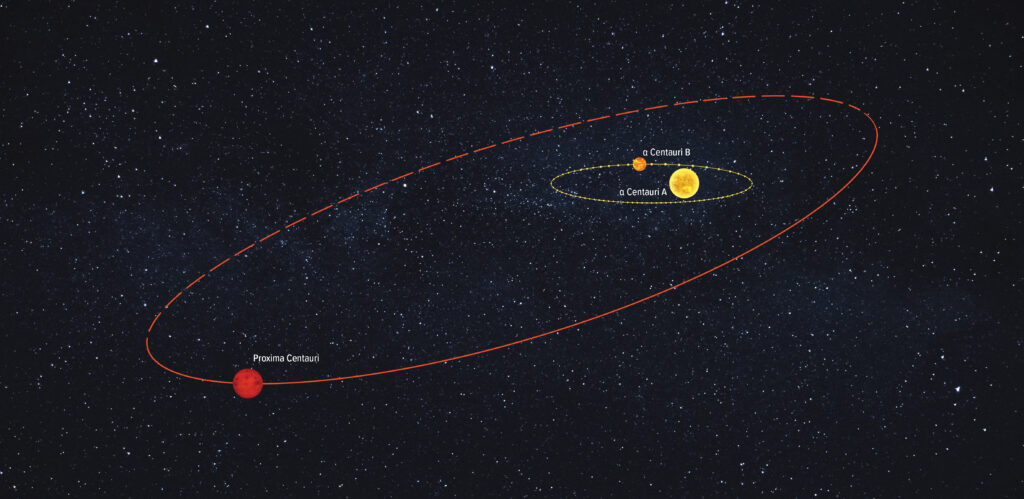
The fact that the nearest star to us is part of the triple system of Alpha Centauri doesn’t affect the planets around it. The thing is, Proxima orbits components A and B of this system, and its orbit has the large semi-major axis of 8700 AU. This means that even during pericenter passage, these two stars appear as stars from the surface of the planet on its orbit, rather than two additional suns.
The planets in the orbit of Proxima Centauri do exist. The first one was discovered in 2016. Proxima b is a large Earth-like planet with a radius estimated to be 7 to 30% larger than Earth’s, and its mass is 17 to 60% greater than Earth’s. It orbits at a distance of only 7.5 million km from the central star, which places it in a zone where Earth-like life could potentially exist.
Icy Proxima c
The second planet of the system, Proxima c, was discovered in 2019. We don’t know much about it: it is much more massive than Earth and orbits with an average radius of 223 million km, far beyond the habitable zone. Since the radius of this object is unknown, its nature is still a subject of debate. If it’s large enough, it could be a gas-ice giant resembling a small version of Neptune. If it’s smaller, then Proxima c could be an ice-covered super-Earth (possibly an ocean-covered planet with oceans frozen to a depth of at least several kilometers).
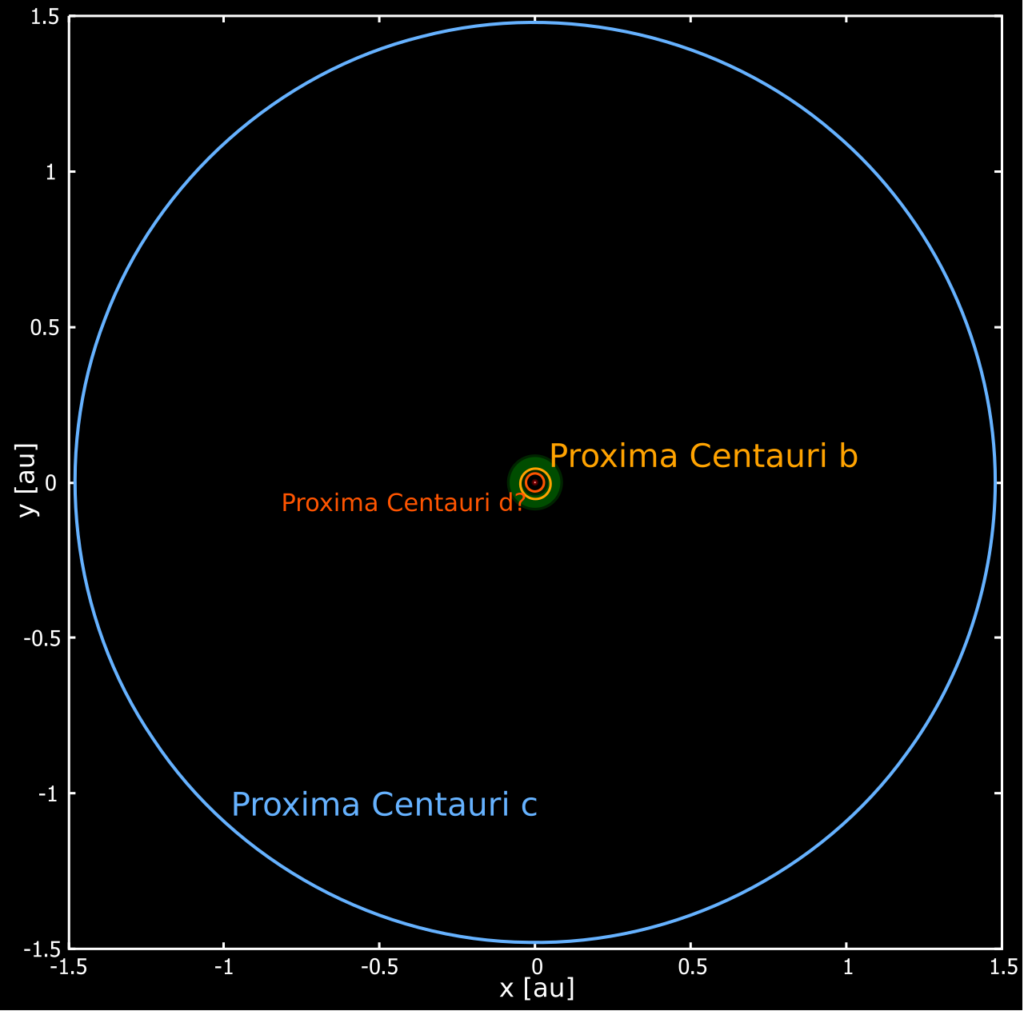
In any case, the likelihood of life on Proxima c is low. Of course, if it’s an ice-covered ocean world, theoretically, at certain depths, there could be a sub-ice ocean, similar to those found on some moons of giant planets in the Solar System. The environment to sustain life in such an ocean, never illuminated by the tiny local sun, could be created by underwater volcanoes. However, the very possibility of developing a biosphere in such conditions remains a subject of debate.
Proxima b and tidal forces
But it may turn out that Proxima c is indeed the most suitable planet for life in the nearest star system. The point is that due to Proxima Centauri’s low luminosity, the zone near it where the existence of living organisms is possible is located so close that tidal forces slow down the planet, synchronizing its rotation period around its own axis with its orbit around the star. As a result, it could be in a resonance, and we probably don’t yet know which one.
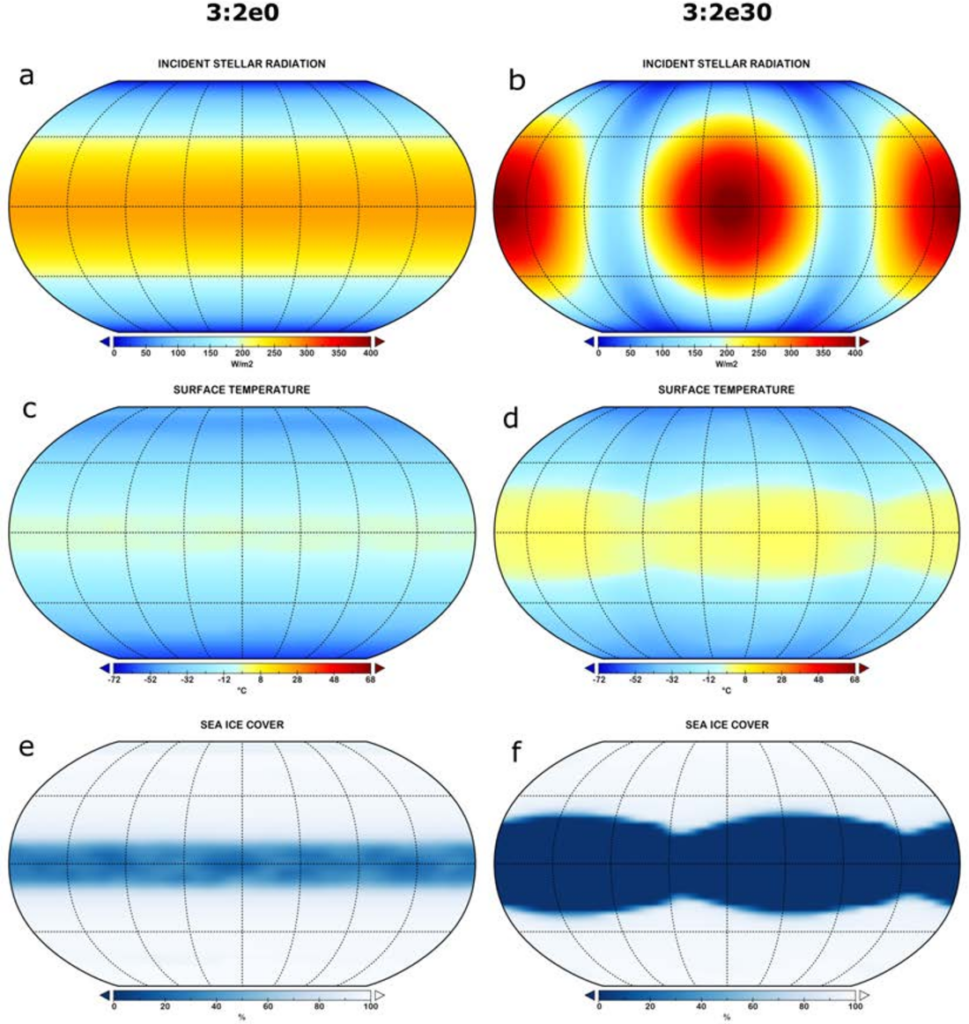
If it’s a 3:2 resonance, there’s nothing to worry about. The planet completes three rotations around its own axis in two of its years. Taking into account that one orbit around the star is 11.2 Earth days, this means that a day on it lasts 7.5 Earth days, and temperature fluctuations within this period are quite significant. It’s worth noting that the planet itself receives only 79% of the heat that Earth receives from the Sun, making it quite cold.
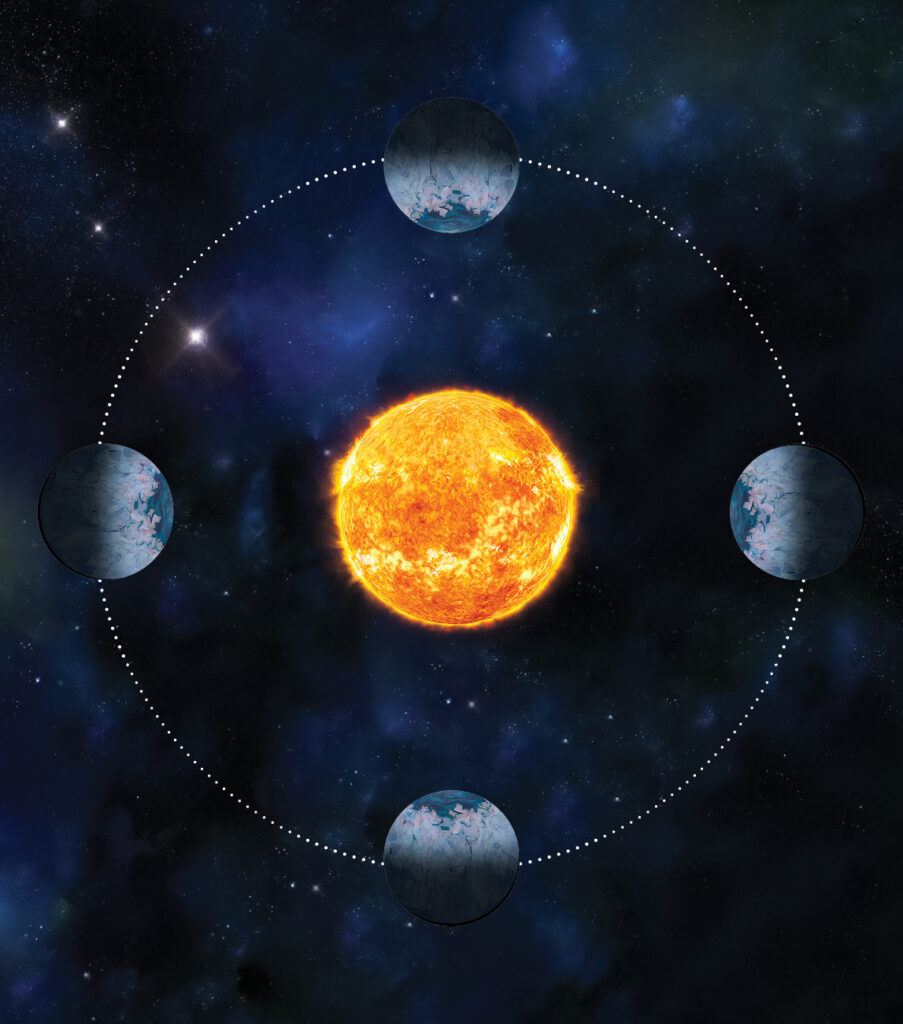
In a 1:1 resonance, things are much worse. This would mean that the planet is tidally locked, and normal day and night changes don’t occur at all. One side of it would be constantly facing the star, experiencing eternal day with temperatures reaching up to 40 degrees Celsius. The other side would be in perpetual icy darkness. For some time, researchers believed that this feature rendered most of Proxima b and its similar planets unsuitable for life. However, this statement was later recognized as not accurate.
The Importance of Oceans
In truth, the assumption that tidal locking of Proxima b would lead to one side becoming a scorched desert and the other an icy wasteland would be logical if it lacked a noticeable atmosphere and hydrosphere. However, if these are present, things don’t appear as straightforward. In any atmosphere and hydrosphere, uneven heating leads to convective motions. On Earth, this manifests as winds and cold and warm ocean currents.
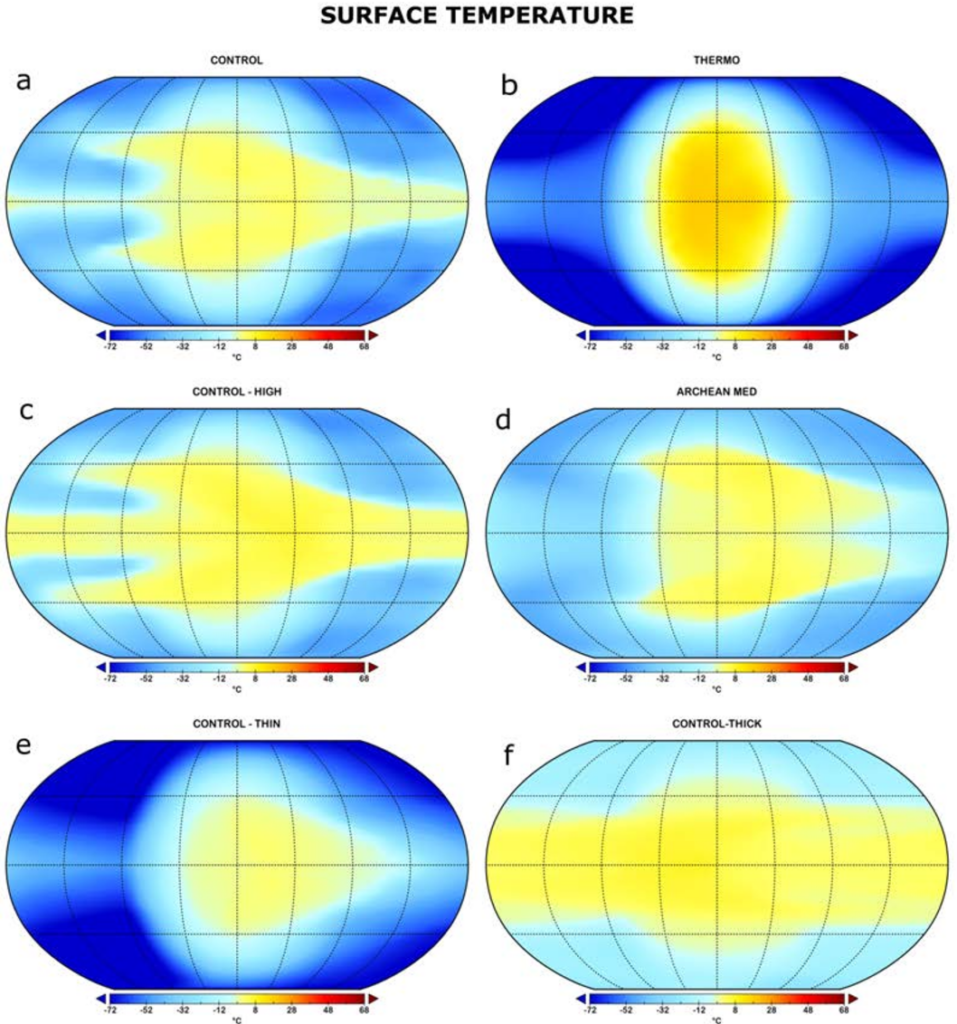
On Proxima b, these currents would actively transport warm water and air from the illuminated hemisphere to the dark one, and cold water with ice would move in the reverse direction. This would somewhat equalize the temperature. Computer modeling conducted in 2018 showed that if the entire surface is covered by an ocean, heat from the illuminated area spreads along the equator far onto the dark side, creating an almost enclosed ring of liquid water.
The same study also revealed that the land on the daylight side of the planet would act as a temperature concentrator, heating up significantly while the water around it remained relatively cold, resulting in ineffective heat redistribution across the planet. It was also determined that the thickness of the atmosphere and its concentration of water vapor play a crucial role. If Proxima b’s gaseous envelope is thinner than Earth’s, heat distribution across its surface would be highly uneven. A massive atmosphere with maximum water vapor concentration promotes more uniform warming of the planet, potentially freeing this relatively cold world from ice.
Latitudinal Libration
Another interesting aspect is the planet’s rotation. Its climate could be affected by the tilt of its axis. If it’s substantial enough, during its rotation around the star, the point of maximum illumination could shift north and south. On Proxima b, due to synchronization of its rotation around the star with its “year” lasting only 11 days, the typical cold and dark period of the year won’t occur.
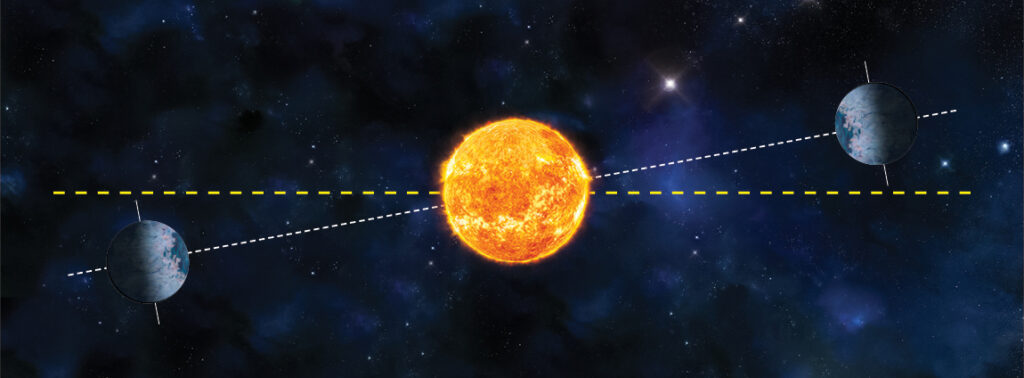
However, the terminator — the boundary between the illuminated and dark hemispheres — will shift. Throughout the year, it will “move” both northward and southward, progressively revealing the polar zone. This phenomenon, known as latitudinal libration, depends on the planet’s axial tilt. Ultimately, it might even “lie on its side,” like Uranus in the Solar System. Then, there would be no tidal locking.
Longitudinal Libration
Besides latitudinal libration, in the case of tidal locking of Proxima b, longitudinal libration is also possible. Its presence depends on the planet’s orbital eccentricity, how stretched out it is. Here, the situation is quite ambiguous. On one hand, significant eccentricity could lead to noticeable temperature fluctuations, although short-lived since the year’s duration is still only 11.2 days.
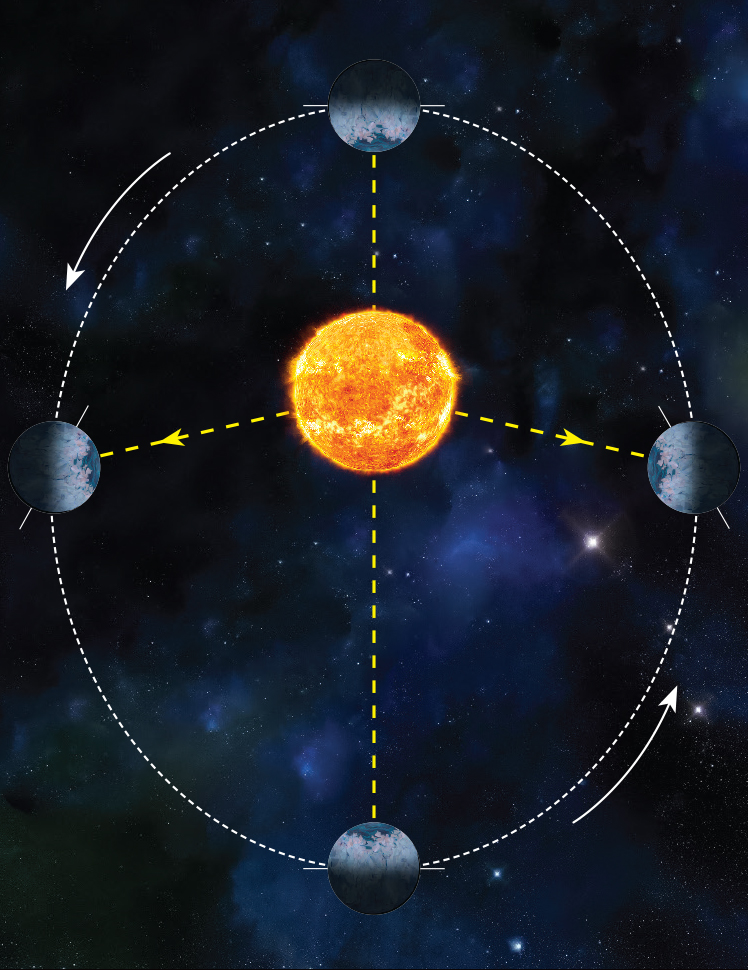
However, a significant role will be played by the fact that on an orbit with high eccentricity, the planet will move unevenly: fastest along the closest segment to the star, slowest along the most distant one. But the rotational speed will remain constant. And this will disrupt synchrony, thus causing the terminator to shift from east to west, leading to changes in illumination in certain regions. However, for both latitudinal and longitudinal libration, an imaginary inhabitant of this zone won’t observe such changes in day and night as we do on Earth. The local sun will rise above the horizon, ascend for a while, pause, and then set in the same place where it rose. Nevertheless, this will still positively impact the establishment of a stable climate.
Hence, tidal locking is not necessarily a hindrance to life on Proxima b. Even under a 1:1 resonance, the planet retains the chance to turn its different sides toward the star, and the presence of an ocean would aid heat distribution across its surface.
Deadly Flares
However, the biggest threat to potential life on Proxima b is the star itself. Despite its small size, Proxima Centauri is highly active compared to our Sun. Like about a third of other red dwarfs, it belongs to the class of flare stars. This process is very similar to solar flares but on a much more intense level, occasionally posing a threat to Earth’s electronics.
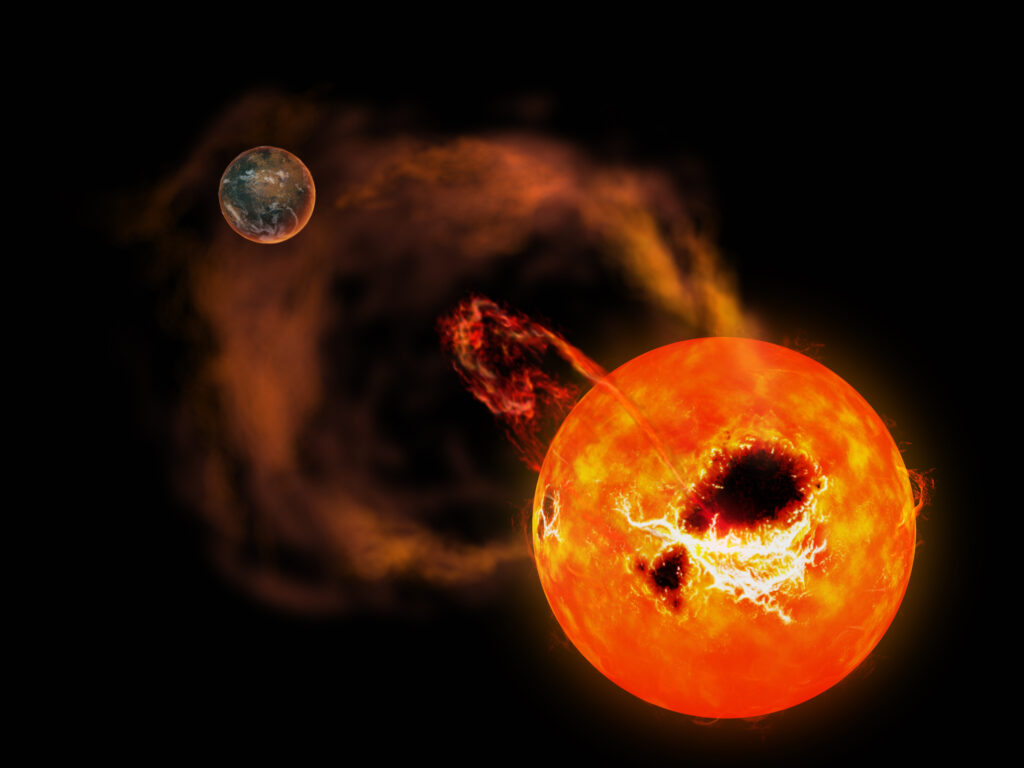
Meanwhile, these flares are significantly more powerful on Proxima Centauri. For instance, in March 2017, this star exhibited a flare during which its radiation intensity increased 10,000 times in 10 seconds across all ranges, from radio waves to gamma rays. Such flares last from a couple of minutes to several hours, but their high intensity could have a devastating impact on a planet as close to the star as Proxima b.
The concern isn’t merely that such a radiation has potential to extinguish life on the surface. More crucially, flares of such high energy reaching the planet can strip molecules from its atmosphere and hydrosphere. Calculations suggest that within the first few hundred million years of its existence, Proxima b might lose a water volume roughly equivalent to that of all Earth’s oceans combined. If the planet had started with the same amount of water as Earth, it would have transformed into a dry, airless desert long ago.
Size Ensures Hydrosphere Preservation
Interestingly, simulations of planets in systems like Proxima Centauri indicate that most planets exist in one of two forms: either entirely covered by a solid ocean more than 10 km deep or transformed into barren rocks. Earth-like states are a small fraction of these planets, and they can stably exist only in orbits around old red dwarfs with significantly reduced flare activity.
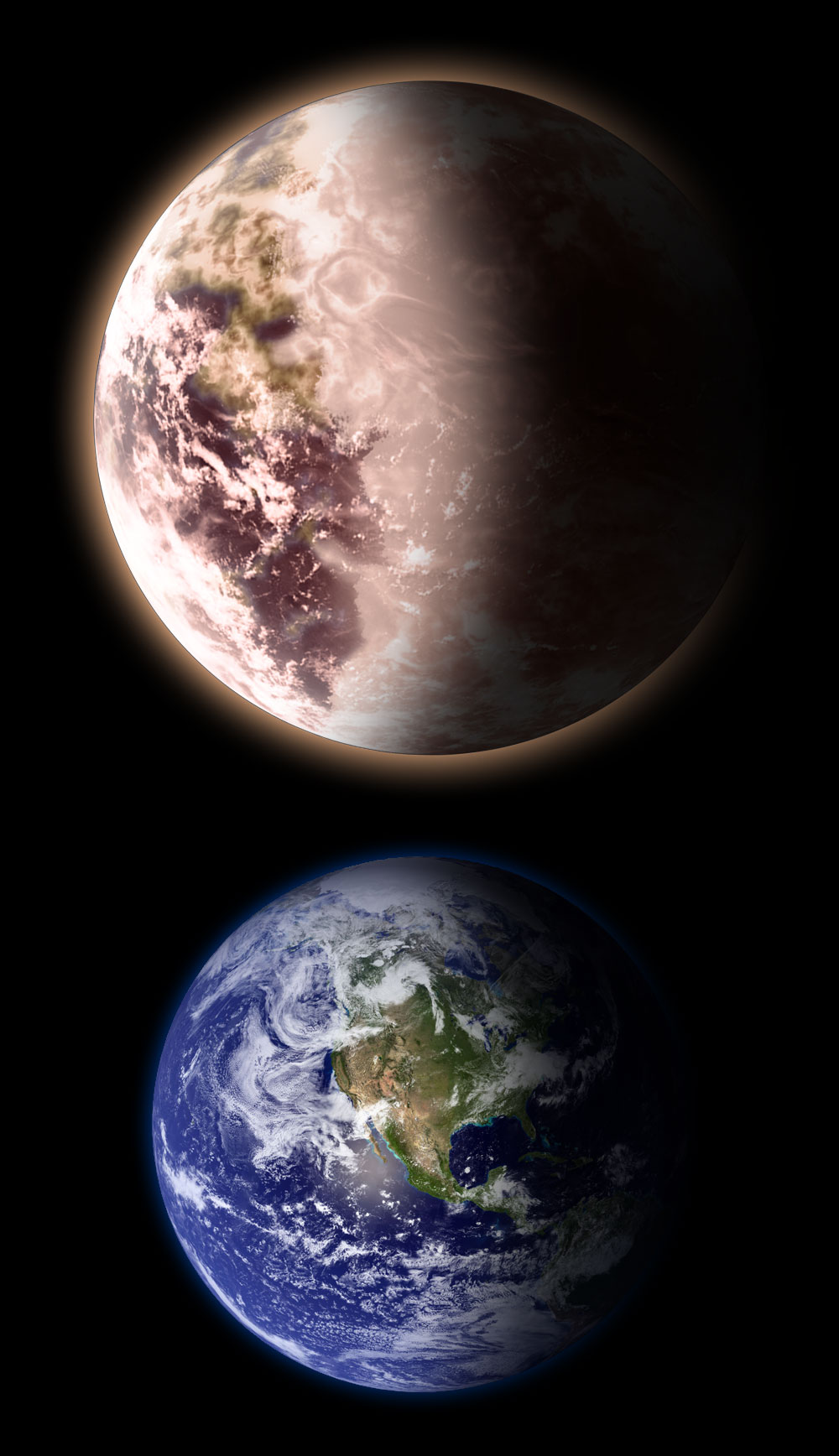
Fortunately, Proxima b is sufficiently massive. Contemporary understanding of planet formation processes indicates that when a young planet absorbing smaller bodies around it exceeds Earth’s size, it increasingly captures water and gases from its surroundings. These substances form thick water and gas envelopes that can be much more massive than those of Earth. Thus, super-Earths tend to become ocean worlds with dense atmospheres.
As such a planet keeps growing, it might transform into small ice giant resembling Neptune. Proxima c is likely somewhere on this threshold, between being a water-covered super-Earth and a small gas giant. However, Proxima b is not large enough for such scenario. If upper estimates of its size and mass prove accurate, it’s possible that at the beginning of its existence, it had an oxygen-nitrogen atmosphere about ten times denser than Earth’s and an ocean kilometers deep. This is more than it could lose over billions of years of being in proximity to Proxima Centauri. Therefore, it’s plausible that it still retains a substantial atmosphere and hydrosphere.
Radiation Survival Strategies
Proxima b’s larger size is key to the survival of life even despite the extreme radiation doses it regularly receives from its star. In reality, Earth-like planets are fairly well protected from stellar flares. The primary defense is the planet’s magnetic field, which partially scatters charged particles. Some theories suggest that tidally locked planets cannot have strong magnetic fields because they don’t rotate.
But in reality, tidal locking doesn’t result in full cessation of rotation, just synchronization. For a massive planet like Proxima b, its core remains hot and mobile for a long time, potentially resulting in an even stronger magnetic field than Earth’s. Nonetheless, it’s likely that this field would only be sufficient to mitigate radiation during flares, not to neutralize it completely.
A substantial atmosphere and hydrosphere might offer even better protection. Even on Earth, a significant portion of solar radiation is absorbed by these layers. Some researchers propose that deep within a hypothetical ocean on Proxima b, life could be shielded from radiation. Additionally, the dense atmosphere, with its lower layers behaving like a liquid, might create a defense comparable to the thickness of ocean waters.
Life on the Planets of Red Dwarfs
Turning the question around: What might life look like in a world almost entirely covered by water, with no land or seabed? It’s possible that it might never evolve beyond simple multicellular organisms.

As for the potential for life in the Proxima Centauri system, there are more assumptions than actual facts. Arguments can be made both for and against its existence in the system. To uncover the truth, we need more data. Red dwarfs constitute about three-quarters of all stars in the Galaxy. So many potentially Earth-like planets we encounter in the future could be ocean worlds enduring fierce stellar flares while resonating with their host stars. Therefore, understanding climate processes on Proxima b is a key to understanding all such systems.
